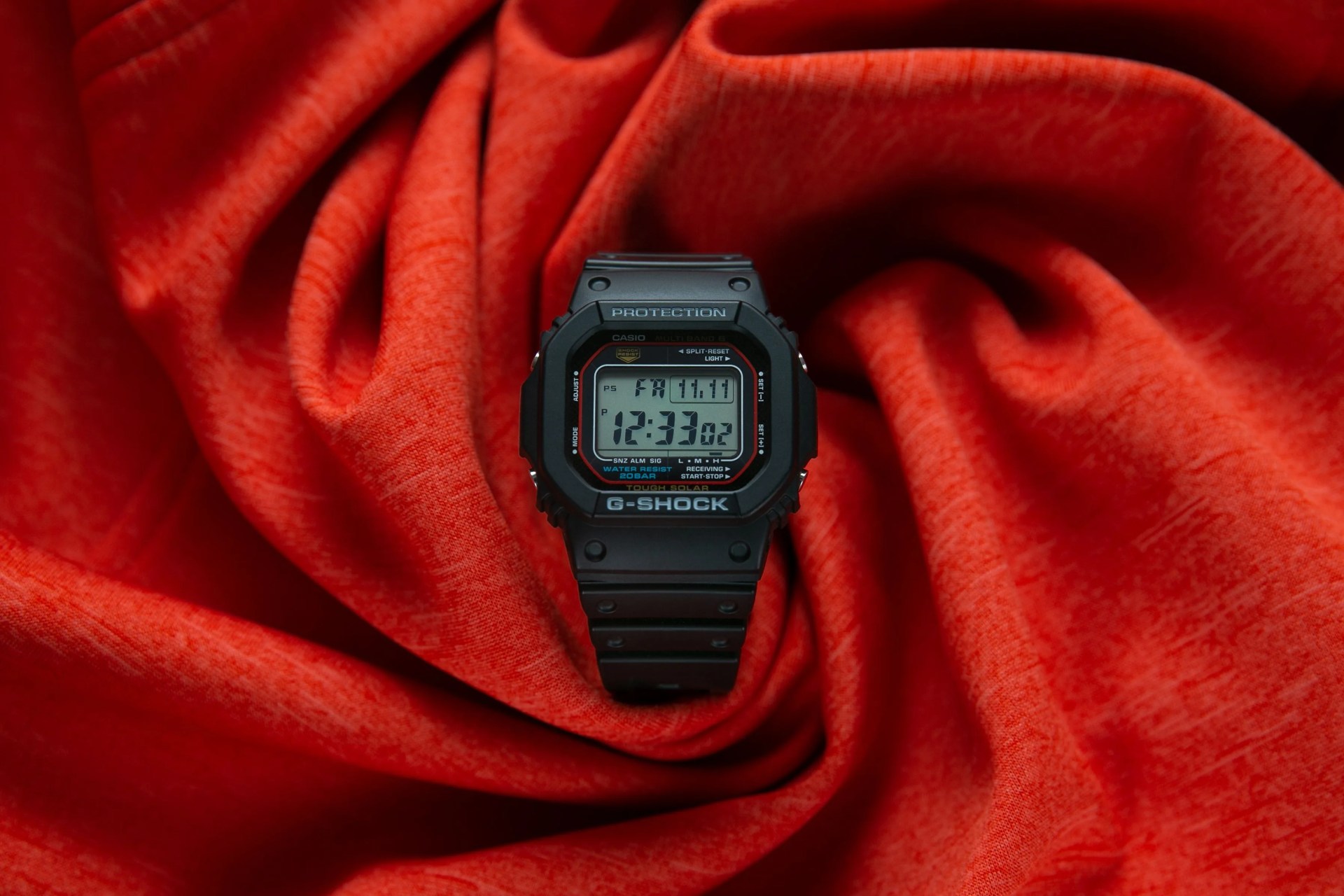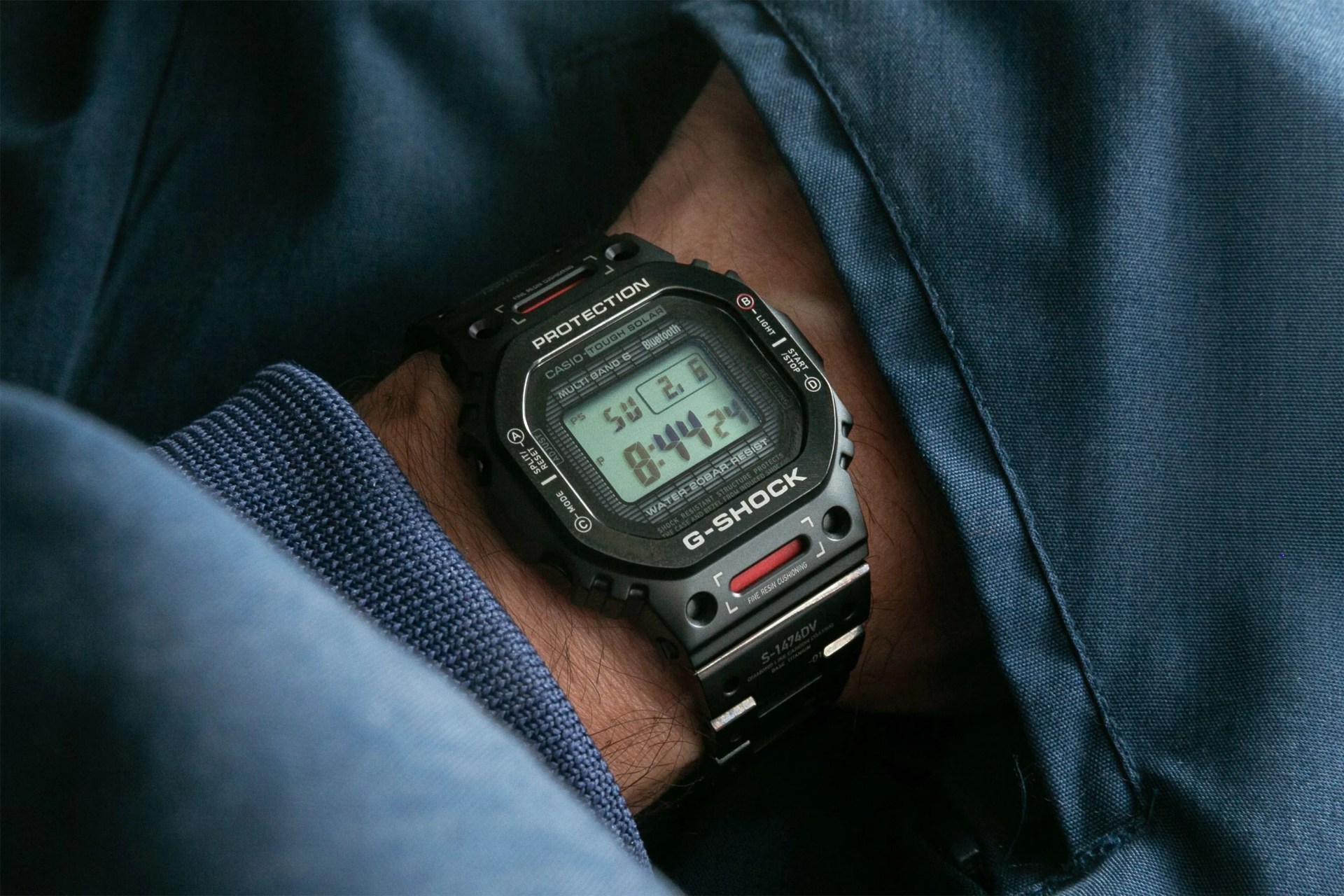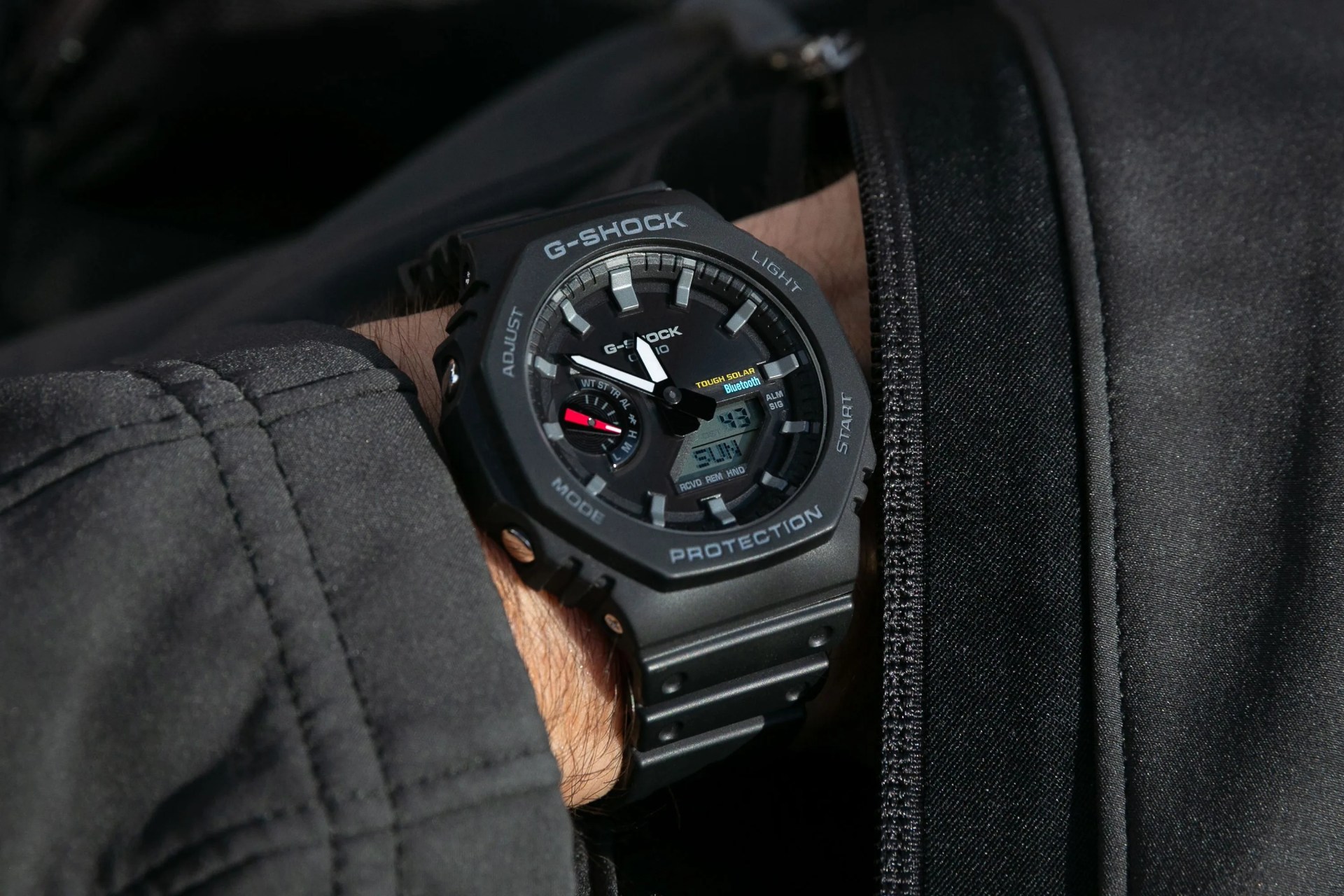Born of a desire to create a watch that never breaks, Casio G-Shock is revered by many as “the toughest watch on the planet.” But it’s much more than that. G-Shock is widely respected, avidly collected and beloved by everyone from Navy SEALs to skaters to tree-hugging tech nerds. It’s a watch that gave new meaning to the word “durable.” But where did it come from? Let’s go back to the beginning.
The Genesis of G-Shock
When G-Shock development began in 1981, Casio’s head of watch design was engineer Kikuo Ibe. The parable that gave birth to the idea of G-Shock is now legendary: it was dropping his mechanical watch, a family heirloom, and watching it shatter on the ground that inspired Ibe to make a watch that would at least survive the rigors of daily life.
Ibe pulled together a project team of just three members and called them “Team Tough.” There were really only three design criteria — the so-called triple ten — for the watch he had in mind: withstand a 10-meter drop, withstand 10 atmospheres of water pressure, and have a battery life of 10 years. It would take over two years to release the first G-Shock, the DW-5000C. Ibe and his team had to work through some serious difficulties on the way.

As the number of prototypes passed 200, Team Tough was still far from the design solution they sought. Then, on a chance visit to a playground (another G-Shock creation legend), Ibe got his next stroke of inspiration: a bouncing rubber ball. Ibe finally visualized the shock-resisting system that forms the basis of all G-Shock watches. He reasoned that the center of the ball doesn’t suffer the shock that the exterior does. He and his team set out to design a watch to resist shocks in a similar way.





